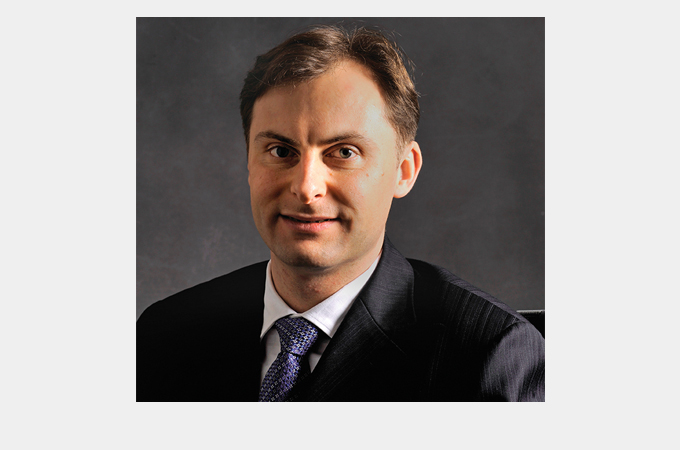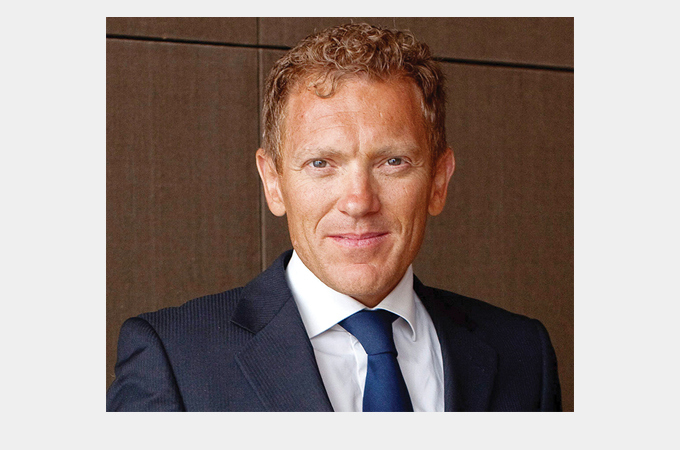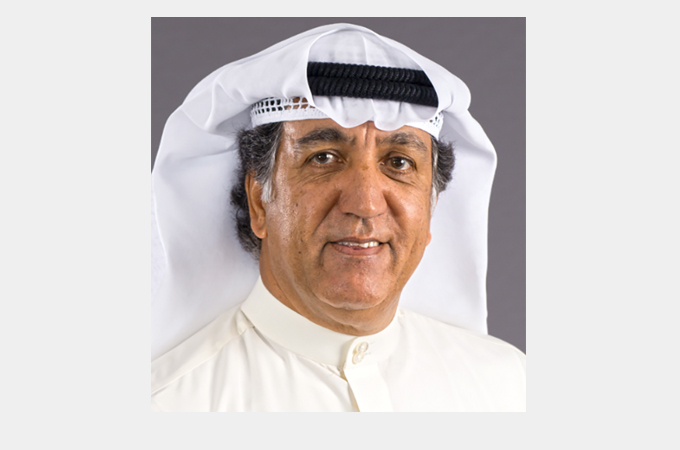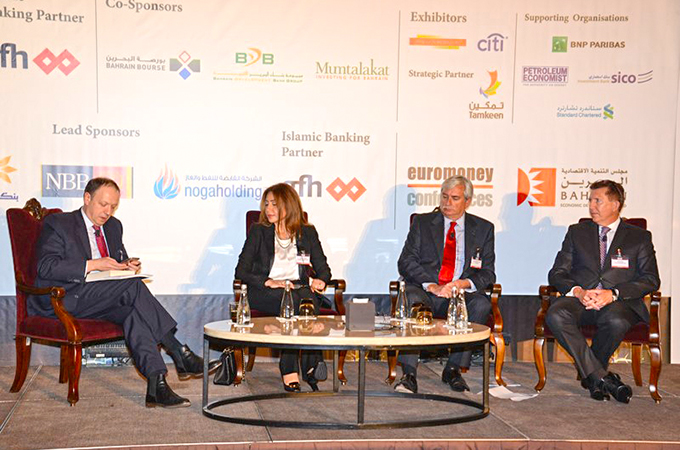Mon, Feb 16, 2015
Private wealth in the Gulf has doubled by a trillion dollars in just five years, latest statistics show.
Since 2010, the GCC market has doubled its total private wealth from $1.1 trillion to $2.2 trillion for an overall compound annual growth rate (CAGR) of 17.5 per cent, making it an even more lucrative market for local and global private bankers, according to a study by management consultancy Strategy&, formerly Booz & Company.
The study estimates that at present, there are between 1.5 million and 1.6 million wealthy households in the GCC with total investable assets of around $2.2 trillion.
Most of the region’s private wealth resides in Saudi Arabia (44 per cent), but the UAE has made notable gains with its share of GCC’s private wealth increasing from 24 per cent to 30 per cent from 2009 to 2013. Together, Saudi Arabia and the UAE control 74 per cent of the region’s private wealth, up from 71 per cent in 2009.
Dr. Daniel Diemers, Partner with Strategy& in Dubai, said: “High-net-worth individuals (HNWIs) continue to account for the largest chunk of the region’s wealth at 41 per cent, followed by ultra-high-net-worth individuals (UHNWIs) at 34 per cent. However, the affluent segment has been growing the fastest over the last five years at 21 per cent CAGR, more than doubling in absolute dollar terms from $261 billion in 2009 to $560 billion in 2013. However, during the same time frame, wealth creation for the region’s HNWIs, at 76 per cent, and UHNWIs, at 94 per cent, was hardly anaemic.”
According to the study, the growth of affluent households from 2010 to 2013 was strong, with total households increasing about 50 per cent, from an estimated range of 850,000 to 880,000 in 2010, to a range of 1.25 million to 1.325 million. The UAE has created the most affluence in the GCC, growing its share of affluent households from 16 per cent to 26 per cent from 2009 to 2013.
Jihad Khalil, Senior Associate with Strategy& in Dubai, said: “Powerful macroeconomic and socio-demographic forces are propelling the growth of wealthy households in the GCC. One key driver has been the strong rebound in global equity markets as increasingly aggressive allocations among the region’s wealthiest helped them recapture value destroyed during the crisis. From 2009 to 2013, global equities saw 50 per cent gains. Of the $1 trillion net increase in wealth during the period, we estimate that the global equity rally’s impact on existing wealth accounted for around 40 per cent of that gain.”
“The other 60 per cent of the $1 trillion in net new wealth was driven by the GCC regional GDP (gross domestic product) growth, which rose steadily at an average rate of 10 per cent per annum as the oil price rose and then was sustained at near-record levels through 2014. Governments have used this windfall to spend generously on megaprojects, infrastructure, and job creation — all of which helps to produce more income for wealthy individuals and create a generation of newly affluent citizens and expatriates,” he added.
The study reveals that geopolitical events also intensified the migration of new wealth to the region. Since the start of the Arab Spring and in its aftermath, many regional wealthy households migrated to the more stable countries like the UAE. These households also moved a significant portion of their wealth to either regional or foreign banks based in the GCC countries to which they relocated. The UAE has benefited from this regional phenomenon the most and seen the largest inflows from the wider Middle East and North Africa (Mena) region.
In addition, sluggish macroeconomic growth in the Western hemisphere, paired with turmoil in the international financial services industry has contributed to some degree of capital being reallocated to its countries of origin, including the GCC.
CHALLENGES IN THE PRIVATE BANKING
The study identifies key issues in the regional private banking industry, despite the surge in regional private wealth.
Although the rally in equity markets has been a boon to wealthy clients, the private bankers derive little additional revenue from these gains. In fact, when funds stay put and asset allocations are not shifted due to unchanging risk appetites or views on market direction, private bankers will see their commission income reduced as fewer re-allocations or new subscriptions occur.
The second issue is intensified competition and lack of differentiated offerings. As wealth expands in the GCC, more local and global players have entered the private banking market with largely undifferentiated offerings. This can be a liability for these players, as GCC investors have become more selective and demanding. Local private banking players have been unable to evolve their client offering into the upper HNW and UHNW segments or starkly differentiate themselves in the market
Private bankers also face an array of customer service issues that affect the top and bottom line. These issues are in the form of legacy costs associated with old operating models and outdated branch-based coverage strategies; unsophisticated advisory which lacks in tailored distinct offerings based on customer segmentation and life-stage need; and inflexible reporting systems that are outdated.
The other challenge that is becoming more visible in the industry is the increasing regulatory pressures. Local GCC regulators are getting stricter, managing the capital markets in ways that could potentially put some drag on growth. This could hamper the ability of GCC banks to design more efficient and streamlined offerings and service-friendly operating and engagement models, as well as prevent them from being at par with international best practices.
SIGNIFICANT OPPORTUNITIES
The study highlights two areas of significant opportunity for private banks and wealth managers:
• Targeting the affluent segment: The study highlights the affluent as the fastest-growing wealth segment in the GCC. This segment provides better, longer-term opportunities for private banks as the newly affluent would look to forge premium banking relationships for the first time and are likely to move higher in the wealth pyramid.
• Targeting the most attractive HNW sub-segments: The other major opportunity for private banks is tapping wealthy niche sub-segments in the GCC that are often ignored or inadequately served. The distinct sub-segments which could include women investors, entrepreneurs and next generation/inheritors of UHNW families demand more sophisticated and custom-tailored advisory as well as enhanced and targeted product and service offerings based on their needs, lifestyles, and behaviours.
Private banks that recognise these opportunities and work to differentiate themselves with a sophisticated digital presence, superior products, and a top-notch talent development strategy will reap major rewards. Those that fail do so may miss out on the region’s robust growth and fall behind early movers, the study concludes.



















